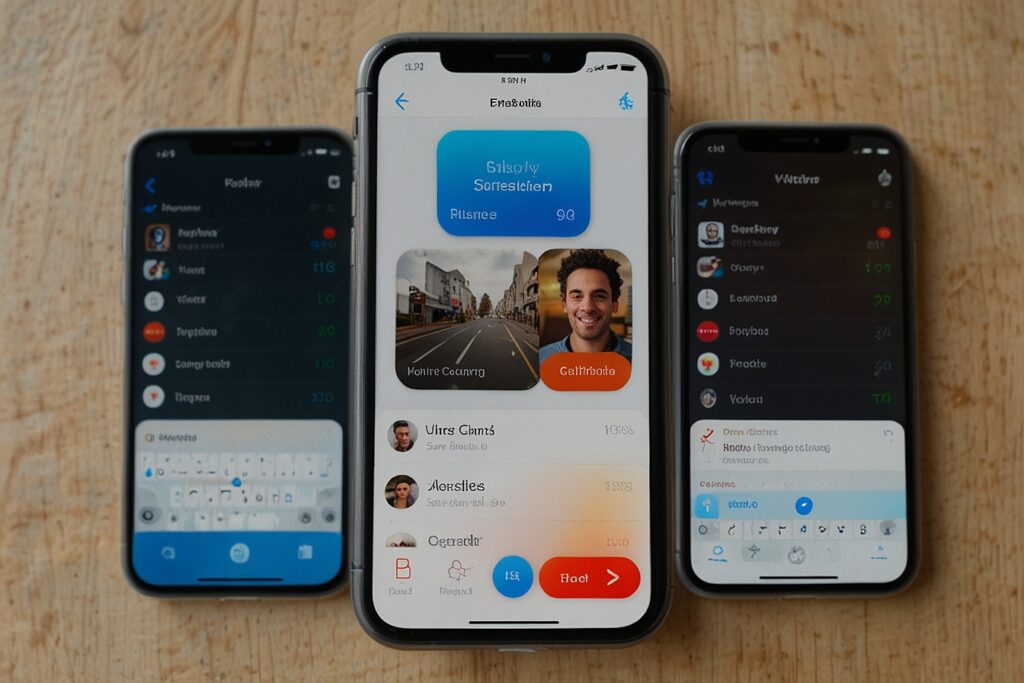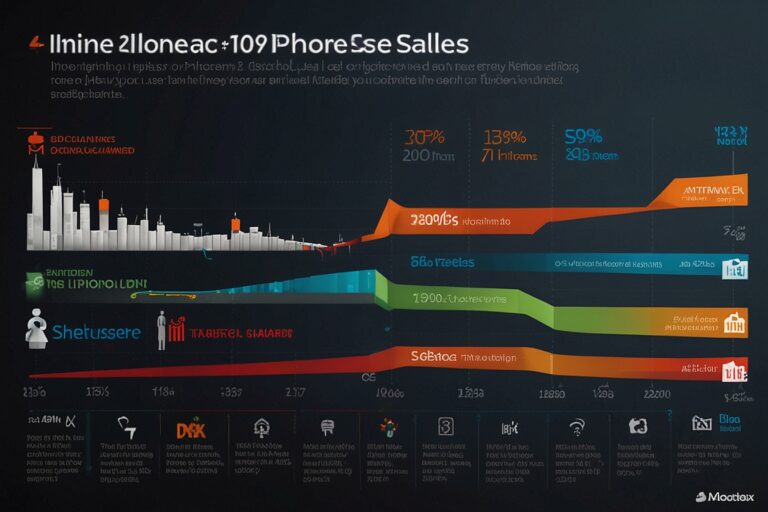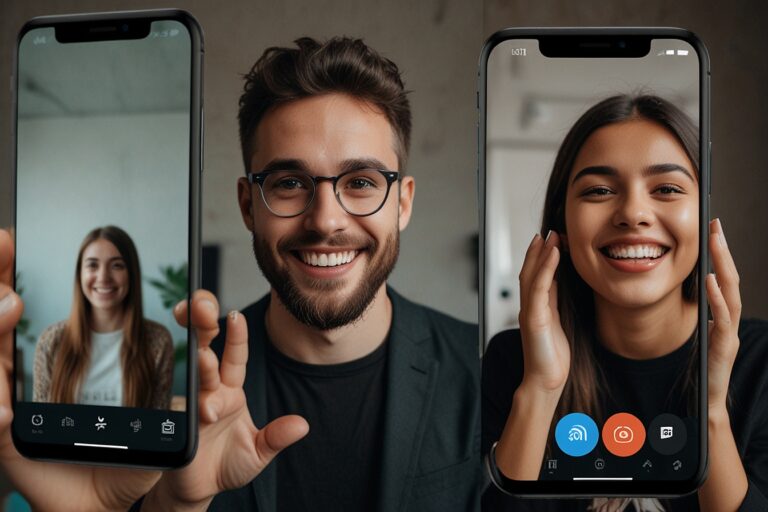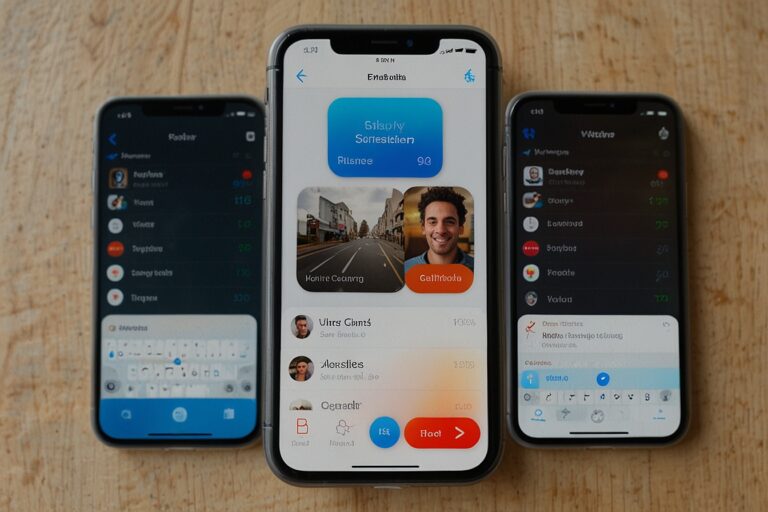
TL;DR
- Truecaller is ending its call-recording feature on iPhones from September 30, 2025.
- The move comes amid a renewed focus on its spam-blocking and Live Caller ID capabilities.
- Users are advised to download or transfer their recordings to iCloud.
- Apple’s iOS 18.1 update now offers native call recording and transcription, reducing the need for third-party solutions.
- iOS users generate 44% of Truecaller’s premium revenue, showing the impact of this feature discontinuation.
Truecaller Shuts Down Call Recording on iPhones
Truecaller will discontinue its call-recording feature on iOS beginning September 30, 2025, the company confirmed to TechCrunch on Friday. This strategic decision is part of a broader realignment to focus on spam call blocking and Live Caller ID, which remain the core strengths of the Swedish platform.
Users can still access past recordings by downloading them locally, sharing them via email or messaging apps, or by migrating them to iCloud for long-term access.
Apple’s Native Tools Prompt Strategic Shift
In conversation with TechCrunch, Nakul Kabra, Truecaller’s head of iOS, said the company made this call to streamline its iPhone offerings and reduce the technical overhead of maintaining a workaround-based solution. Unlike Android, iOS doesn’t allow native third-party call recording, forcing apps like Truecaller to rely on a recording line system — essentially merging calls through a virtual number to enable recordings.
That workaround introduced cost and complexity, said Kabra, prompting the company to sunset the feature.
Meanwhile, Apple has rolled out native call recording and AI-powered transcription in the iOS 18.1 update, reducing the demand for third-party apps. Unlike Truecaller’s method, Apple’s system does not require a separate line to record calls and offers on-device transcription powered by Apple Intelligence.
Truecaller’s Monetization Strategy and iOS Dependency
When Truecaller first launched call recording for iOS in mid-2023, it was part of a broader premium upgrade strategy. In addition to recording, Truecaller for iOS also offered real-time caller ID, Siri shortcuts, incognito mode, and advanced spam protection — available only to paying subscribers.
These features have proven valuable: according to the company’s Q2 financial results (PDF), iOS users account for 44% of premium revenue despite representing a smaller share of the total subscriber base.
“The iOS version of our app has always had a limited caller ID capability on the free tier,” noted a Truecaller spokesperson. “Call recording was a big value add to encourage upgrades.”
Download Options and Transition Support
To assist users through the transition, Truecaller has launched a dedicated support page offering instructions on how to:
- Download past recordings to local storage
- Transfer call data to iCloud
- Troubleshoot app changes
The app will no longer show the call recording toggle in iOS after September 30.
Apple Raises the Bar with iOS 18.1
Apple’s iOS 18.1 update, introduced in late 2024, has put pressure on third-party apps with its built-in call recording and transcription tools. These features use on-device intelligence and Apple’s secure cloud to make call data both private and accessible.
This shift further cements Apple’s commitment to user privacy and platform control, limiting the long-term viability of apps that rely on system workarounds like call-merging.
Related Coverage
- Apple’s iOS 18.1: What’s New in Privacy and AI
- Truecaller Relaunches Android Call Recording in India
- Top iPhone Apps for Spam Call Blocking
The Data
| Metric | Detail |
| Feature Retirement Date | September 30, 2025 |
| Impacted Platform | iOS only |
| Alternative Offered | iCloud storage and Apple’s native tools |
| Truecaller Premium Subscribers | ~3 million |
| iOS Contribution to Premium Revenue | 44% (Source) |
| Apple Native Recording Launch | iOS 18.1 (2024) (Source) |
Final Thoughts
Truecaller’s exit from iOS call recording signals a broader trend in which native OS features outpace third-party innovation. As Apple integrates more core functions under its privacy-first framework, app developers like Truecaller are repositioning to double down on what they do best — in this case, caller ID and spam protection.
With Truecaller’s iOS revenue heavily dependent on premium users, the stakes are high. But with a focus on core features, and users now able to lean on Apple’s native recording solutions, the transition may be smoother than it looks.






